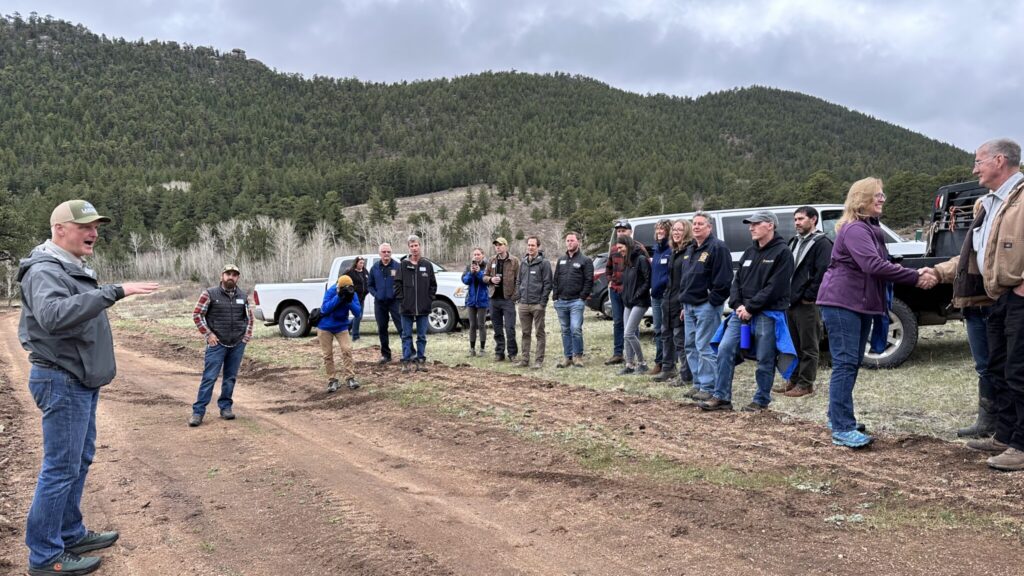The Big Thompson Watershed Health Partnership (BTWHP) recently organized a field tour for members of the Colorado Forest Health Council, a Governor-appointed group of influential leaders focused on advising the Governor on matters concerning forest health across the state. The Council aims to foster cross-jurisdictional collaboration among federal, state, and local government entities, as well as private and nonprofit partners, to address various challenges related to forests in Colorado.
Collaborative Efforts and Key Players
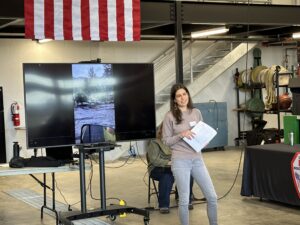
Peaks to People team members played a crucial role in coordinating the tour, working closely with Larimer County Commissioner Shadduck-McNally and BTWHP partners to plan the field stops, ensure a well-structured itinerary, and facilitate the overall flow of the tour. We also collaborated with representatives from the Colorado Department of Natural Resources to align the tour stops and discussions with the Council’s concerns and goals.
Insights from BTWHP Partners
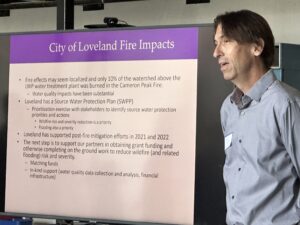
The tour covered a range of important topics, shedding light on post-fire recovery and funding, debris cleanup, and protection of water resources following the 2020 Cameron Peak Fire. Our partners from the Big Thompson Watershed Coalition, Larimer County, and Loveland Water and Power shared valuable insights on safeguarding water resources, properties and lives in the wake of the largest fire in Colorado history.
We visited an active project site in Estes Park, where partners from the Larimer Conservation District and Estes Valley Watershed Coalition provided a technical explanation of pre-fire restoration efforts, highlighting the ongoing need for workforce development in this area.
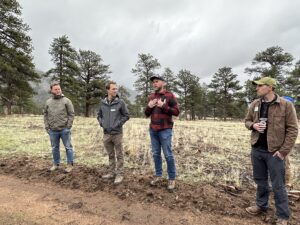
This stop also emphasized the significance of leveraging funding from multiple BTWHP partners, including the Natural Resource Conservation Service, The Nature Conservancy, Northern Water, and the Colorado State Forest Service, to amplify our collective impact in the watershed. The tour concluded with partners from the US Forest Service and The Ember Alliance presenting an overview of the complexities surrounding prescribed fire and fuels management. We send our sincere gratitude to the Loveland Fire and Rescue Authority for generously allowing us to utilize their impressive Station 7 for the kickoff and conclusion of this insightful and enjoyable day.
Working Together for Wildfire Risk Reduction and Ecological Resilience
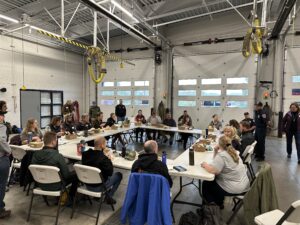
By harnessing the collective efforts of government agencies, private partners, and nonprofit organizations, we can work together to reduce wildfire risk, restore ecological resilience, safeguard communities and water supplies, support local economies, and protect precious recreation areas.
We invite you to stay engaged and support efforts aimed at preserving our forests and watersheds. Together, we can make a lasting impact on the health and well-being of Colorado’s natural landscapes.
